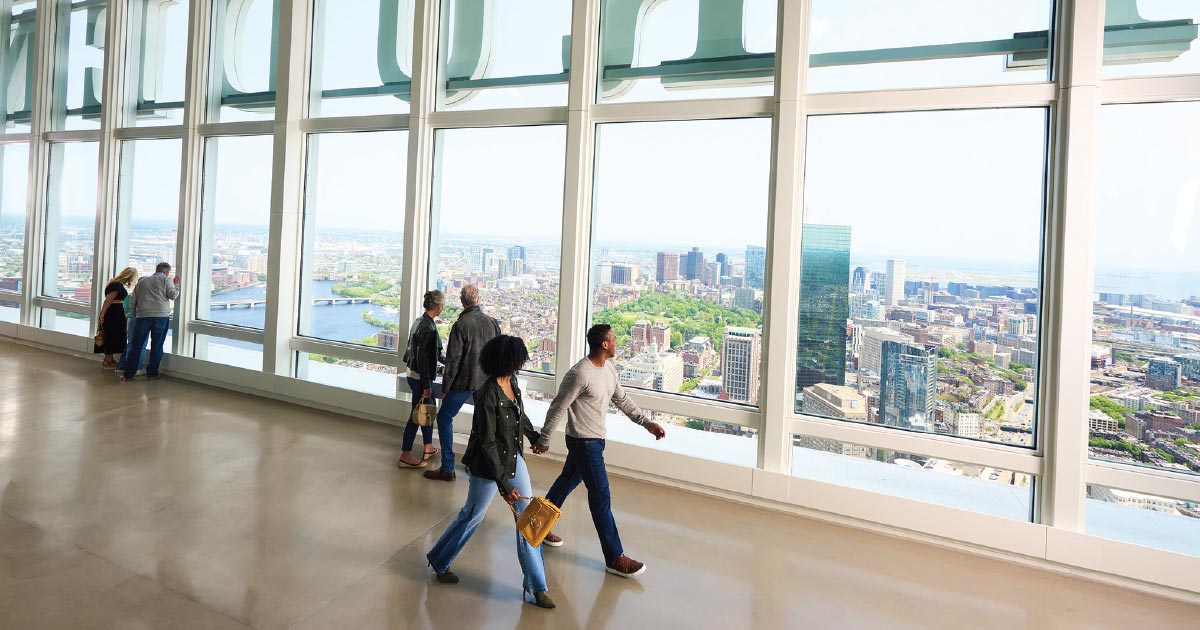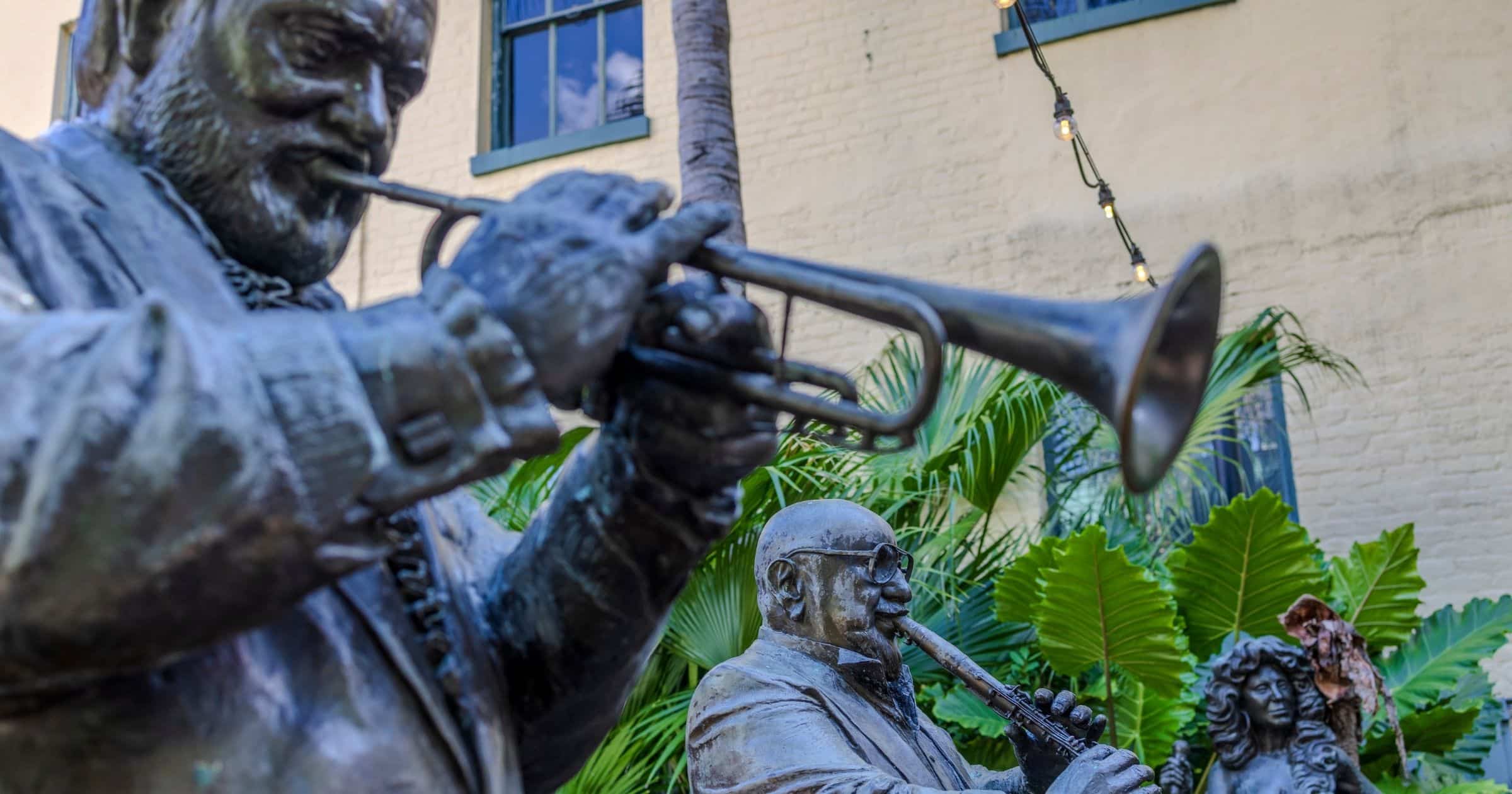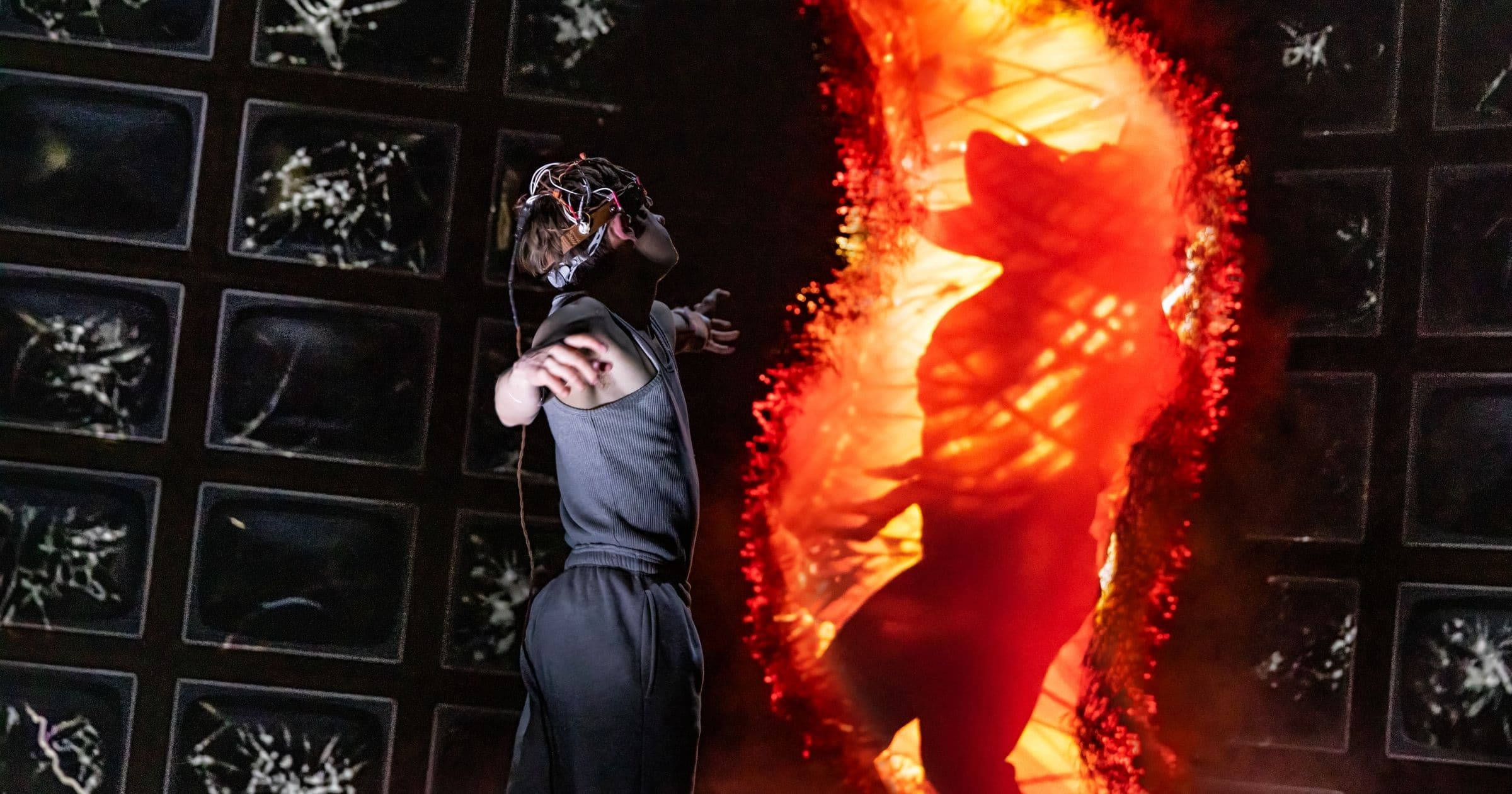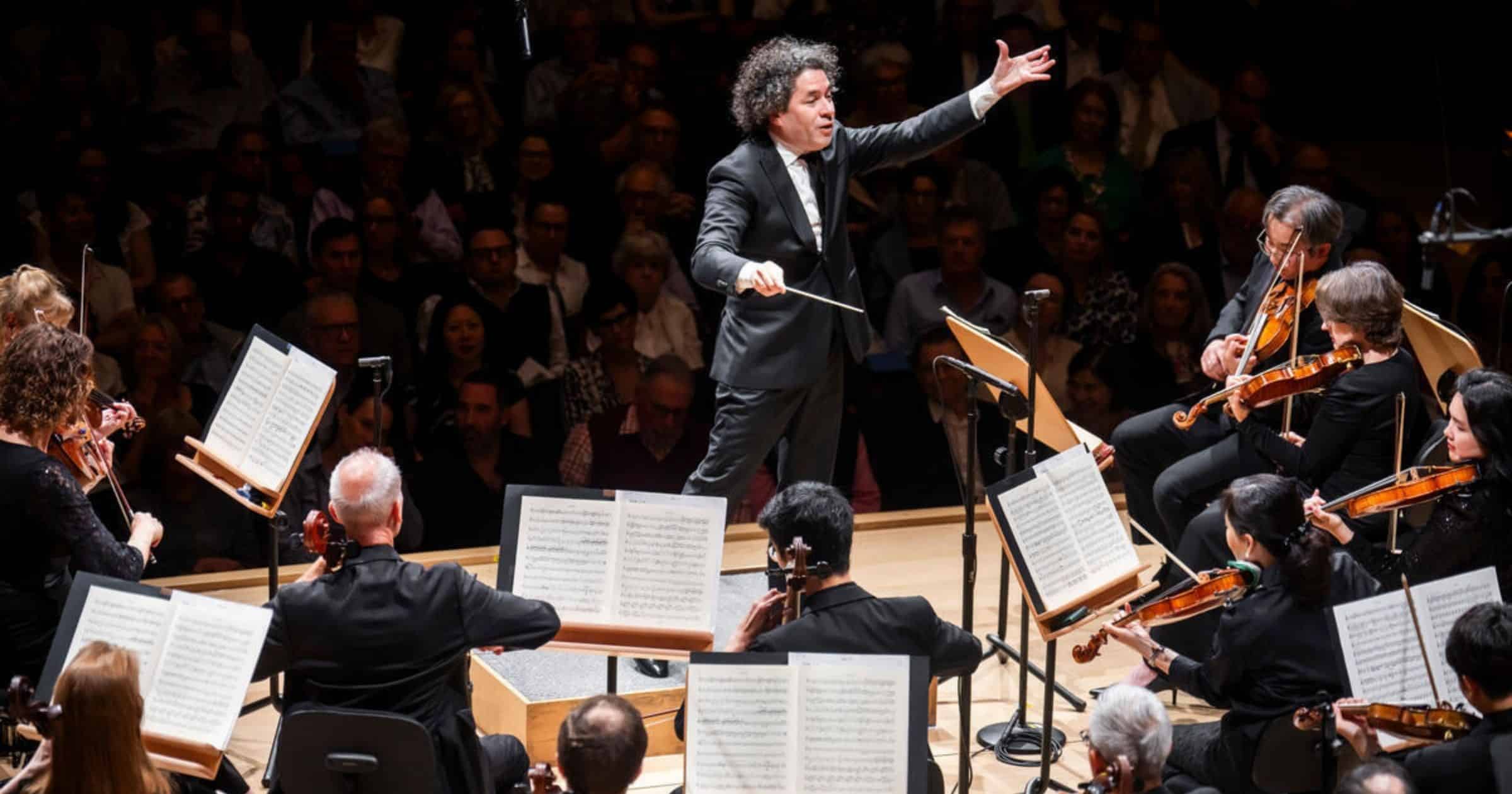The famous Boston Tea Party and the start of the American Revolutionary War. The Salem Witch Trials. The landing of the Mayflower. The first Thanksgiving.
Massachusetts brings to mind all of these noteworthy events, and yet, it offers so much more than lessons in colonial and Indigenous history. It’s also the birthplace of the telephone and many other inventions, as well as an impressive number of “firsts.” And, it’s home to Harvard and MIT.
More and more, tour operators are sending student groups to The Bay State for its blend of STEAM education and entertaining, enlightening activities.
Let’s start with Massachusetts’ capital, Boston, where there are innumerable opportunities to explore. First up is the Innovation Trail, which follows the arc of major breakthroughs not just in science, technology, and medicine, but also significant societal shifts. Expert-guided and self-guided tours are available, as are custom-guided tours led by Cambridge Historical Tours. The Museum of Science is an optional stop on the tour, though it may be better scheduled separately given its size and scope. It’s one of the world’s largest and oldest science museums, and it also houses the largest Tesla Coil in the United States. The live “Lightning!” presentation is not to be missed, and the planetarium shows are a great nighttime activity for students. The MIT Museum is another popular stop on the Trail that warrants a longer stay. Recently relocated to a larger space, it offers a variety of installations and exhibits, plus tours and hands-on workshops in their Learning Labs and Maker Hub.
For students interested in music and performing arts, there’s the Boch Center and the Boston Symphony Orchestra (BSO) at Symphony Hall. At the Boch Center’s Wang and Shubert Theatres, students can enjoy a range of entertainment, from Broadway Touring shows to concerts to dance performances, many of which offer student pricing. Also within the Wang Theatre is the Folk Americana Roots Hall of Fame. In addition, the Boch Center provides workshops and they have a robust tour program that goes beyond the basics to include improv and team building games, as well as STEM topics.
At the BSO, students can attend a classical performance or a seasonal Boston Pops concert, with discounted tickets and a waived ticket fee for groups of 15-plus for most shows—with some exceptions. There’s also the “Backstage Pass” package that includes a talk, Q&A, and tour, plus high school open rehearsals and Youth and Family Concerts, some of which are sensory friendly. Organizers can contact the group sales team for assistance with dining, parking, and other concierge services.
Animal lovers will appreciate a trip to the New England Aquarium, which is home to a bevy of marine life, from penguins to sea lions to turtles and more. Animal encounters, a four-story giant ocean tank, and shark and ray touch tank are just some of what’s available. Add on a 3D show at the Simons Theatre or book a whale watch excursion, too. The aquarium has discounted ticket pricing for groups of 10 or more. Ecoventure and Whale Watch cruises are booked separately through Boston Harbor City Cruises.
Zoo New England is another hit with students, whether it’s Boston’s Franklin Park Zoo or Stoneham’s Stone Zoo. Both are certified by the Association of Zoos & Aquariums (AZA) Accreditation Commission. If visiting the Franklin Park Zoo in late summer to mid fall, look for Boston Lights: A Lantern Experience.
For a taste of American Revolution history, take a tour on the Freedom Trail, led by 18th-century costumed guides. This multi-stop attraction is a compilation of significant buildings, sights, and landmarks, including Boston Common, the Boston Massacre site, Faneiul Hall, the USS Constitution/USS Constitution Museum, and Bunker Hill. Themed tours of note are “Revolutionary Women” and “African-American Patriots®.”
Finally, there’s View Boston, though some would say this attraction is the perfect first stop on arrival to Boston. Day or night, ascend to the top of the Prudential Center and walk out on the observation deck where visitors can take in incredible panoramas of the cityscape. It’s considered a must-do, and photo opportunities abound.
There’s more, of course. Other considerations for a student trip itinerary include: Boston Duck Tours, Boston Tea Party Ships and Museum, the Harvard Museum of Natural History, the JFK Presidential Museum, Fenway Park, the Lego Discovery Center and Assembly Row, and campus Tours of Harvard and MIT. For more ideas and planning resources, contact the team at Meet Boston.
Students would be missing out if they stayed in Boston for their entire trip, though. Consider taking a trip about an hour north to Salem, which is known for its major draw, the Salem Witch Museum. It features two presentations, and both are recommended for the full experience. The first tells the stories of the 1692 witch trials and the events surrounding them, through immersive stage sets, lighting, and narration. The second, called “Witches: Evolving Perceptions,” delves into the phenomenon of witches, witchcraft, and witch hunts throughout history and in Europe.
Groups of 25 or more are advised to book their tickets in advance through group sales. The site is motorcoach friendly and is also the cornerstone of a dozen-plus attractions within a one-mile area. These include The House of the Seven Gables, the inspiration for Nathaniel Hawthorne’s novel of the same name; Jonathan Corwin House, known as The Witch House; and the Witch Dungeon Museum, where visitors can see live reenactments and take a tour through a replica dungeon.
There’s also much to see in Plymouth, just an hour or so south of Boston. Of particular interest to student groups are the Plimoth Patuxet Museums. With several different indoor and outdoor attractions in one large complex, the museums provide a view into the lives of the Colonial English and the Wampanoag People upon whose land the Pilgrims settled.
The offering consists of the Mayflower II, a floating classroom and full-scale reproduction of the ship the Pilgrims sailed to Plymouth in 1620; Plimoth Patuxet, a recreation of the 17th-century English village the Pilgrims built on Plymouth Harbor; the Historic Patuxet Homesite, where students can learn about the Indigenous heritage of the area and the Native peoples who have lived there for more than 12,000 years; and the Plimoth Grist Mill, a working grain mill that’s a replica of the one constructed and used by the Plymouth Colony. Nearby is also the Craft Center, where students can learn about 17th-century crafts and herbal remedies, and see a pottery demonstration.
Student groups are encouraged to continue their education with a themed meal, with “Eat Like a Pilgrim” being a favorite. The museum can serve as a performance venue for musical groups, as well, and also provides customization options, such as guided tours, immersive workshops, presentations, and service learning.
This story originally appeared in the November 2023 issue of Teach & Travel.




